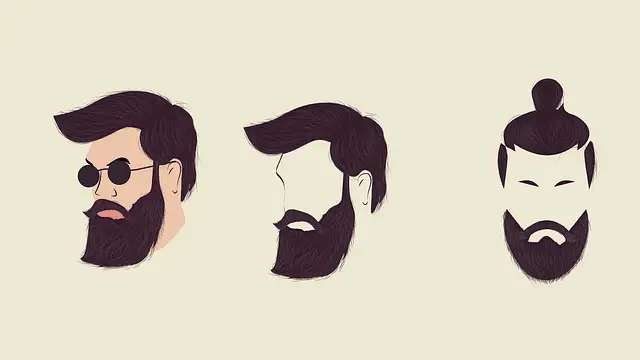Turkey is considered the world capital of hair transplants. Many visitors come to the country to get hair loss treatments, including restoration surgery, which is very popular. And the best part about getting hair implants in Turkey is that all the latest surgical techniques are offered here, along with systems in place for patient support.

Latest Equipment and Techniques
When it comes to the latest hair transplant techniques, you’ll often hear the terms FUE for Follicular Unit Extraction, DHI for Direct Hair Implantation, Sapphire or even the ARTAS’ robotic system. In Turkey, there are many clinics offering all these treatments using the special tools needed to perform them.
In traditional FUE, DHI and Sapphire, a motorised punch tool is used to extract grafts from the back of the scalp. However, during implantation, while the classic FUE uses a steel blade, Choi implanter pens are used in DHI and Sapphire-tipped blades in the Sapphire hair transplant.
Surgeons’ Artistic Approach to Hairline Design
Surgeons in Turkey are also very experienced in drawing natural-looking hairline designs for their patients so they can achieve the best possible results.
Having gained a lot of experience over the years, especially with the growth in the medical tourism industry, the best surgeons know how to draw a hairline keeping different factors in mind, such as the age of the patient, face shape, along with other anatomical considerations.
Comparing Different Hair Implant Methods
Let’s take a closer look at the different hair transplant techniques in Turkey.
FUE, FUT, and Other Techniques in Turkey
FUE is the more common hair transplantation technique in which individual hair follicles are extracted from the back of the scalp and transplanted into the bald spots.
In contrast, in FUT or Follicular Unit Transplant, a piece of skin is excised from the scalp and then the follicles are taken from there for transplantation. This technique has become less popular over the years because its recovery is relatively more difficult and it leaves a prominent linear scar.
Other hair transplant techniques in Turkey include DHI and Sapphire, however, they’re more like different versions of the FUE, since the overall procedure is the same but different tools are used.
Suitability and Effectiveness Analysis
When deciding between FUE and FUT, a Turkish surgeon can best guide you. As mentioned before, the FUT procedure leaves a linear scar, which is more visible on shorter hair compared to the smaller scars left by FUE. For this reason, patients also prefer FUE more.
However, in some cases, surgeons can also recommend FUT, especially if you don’t have a strong donor area – the hair at the back and sides of the scalp, which is extracted for transplantation.
Patient Care and Support Systems
When getting hair implants in Turkey, some patients worry about getting adequate care before and after the surgery. If you find the right clinic, you don’t have to worry about that either.
Pre-Implant Consultations and Planning
Before your hair transplant, a good clinic and surgeon will arrange a proper preoperative consultation session with you in which they’ll discuss all the details of the procedure.
They should explain how the procedure will be done and what its potential risks and complications can be. This session will also give you the opportunity to ask any questions you have. After the consultation, they’ll also plan the hairline design with you in a collaborative manner so you’re satisfied with the outcome.
Post-Implant Recovery and Care
When getting hair implants in Turkey, make sure your clinic is offering post-implant care and support. In a follow-up session, you should be guided on the aftercare instructions necessary for proper recovery and care of grafts.
But even once you’re back home, you should be able to get in touch with your surgeon and ask them about the progress of your recovery to make sure that everything is okay. For these things to happen, you should do your research to find a good surgeon.
